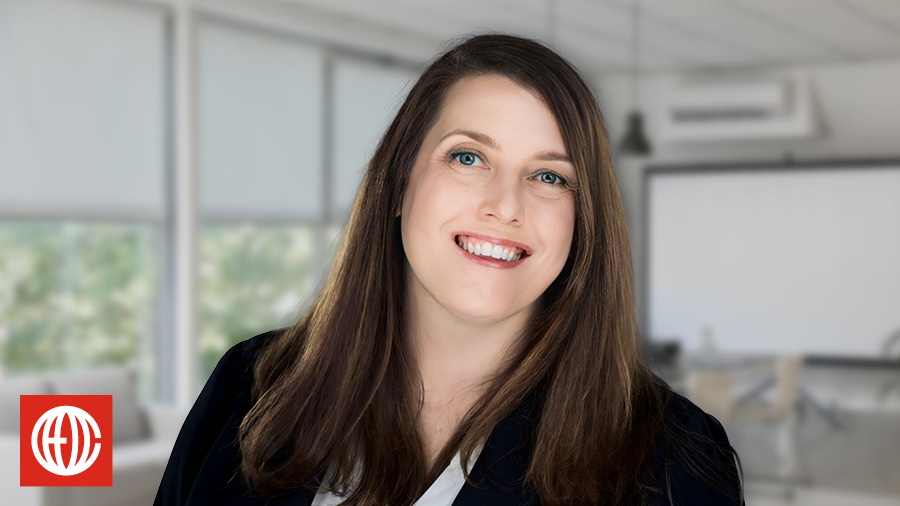
According to every single poll you’re going to read on the subject, inflation is the top concern among consumers. That means inflation should be a key concern as well as you start prepping for the next quarter.
In this environment, trying to pass off your supply chain or staffing issues to your customers with a cost-plus markup is not a winning pricing model. And if you think you can just wait out the rising consumer price index, then you didn’t learn anything from all those companies that were too slow to pivot during the pandemic.
So what’s the best pricing model for your product or service? Here are four common ones:
- Value-based pricing: Pricing based on what customers are willing to pay. This is where luxury brands make their money.
- Usage- or User-based pricing: Billing customers for how much they use something or how many users they have. Many SaaS companies pivoted to this pricing model as they got better at crunching more data and attracting more users per company.
- Price-matching: Charging what your competitors charge. The most extreme example is when retailers go to war every Thanksgiving to match Black Friday ads.
- Flat-fee or hourly: Charging for project completion or by the hour for work performed. The preferred model for many consultants, contractors, and freelancers.
But selecting the best model is just step one.
In his book Confessions of the Pricing Man, marketing expert Hermann Simon writes, “Good pricing has three prerequisites: create value, quantify value, and communicate value.” Let’s break down how to incorporate all three into a pricing model that will keep attracting customers and drive BIG profitability.
1. Create value.
You can find a car at just about every price point that includes things like heated leather seats, cell phone docks for your digital assistants, all-wheel drive, and fuel-efficient engines.
So why does a Tesla cost more than a Kia? Because it has space-age design and revolutionary navigation technology.
Why does it cost more to stay at Ritz Carlton? Because the rooms are classier, the bed is comfier, the food is better, and the customer service is world-class.
Why are Apple and Samsung cell phones the most expensive? Because they have the best screens, the best cameras, the best processors, and the best battery life.
“The quality of materials, performance, and design all drive the perceived value of customers,” writes Simon. Meaning that the best products and services are often just that: the best in their categories. If you try to cut corners with a flimsier grade of plastic or a cookie-cutter design, your most value-conscious customers are going to take their business elsewhere rather than join you in a race to the bottom.
On the other hand, if you’re constantly ahead of the curve, surprising and delighting your customers with solutions to problems they didn’t know they had, they’re going to keep coming back for more. Not only that, they won’t mind if their next contract includes an automatic price escalator tied to inflation, or if next year’s pricing model charges an extra dollar per unit, or if you move to a subscription-based pricing model so that you get paid faster.
2. Quantify value.
“Simon-Kucher & Partners interviewed over 2,700 managers in 50 countries for its ‘Global Pricing Study,'” writes Simon, “and found that only 33% of respondents felt that their companies had a high level of pricing power. Pricing power was 35% higher in companies if top management was involved in setting the framework for pricing decisions instead of delegating that authority.”
In other words, your pricing model shouldn’t just be based on market trends or what your competition is charging. You also have to account for (quantify) the value your product or service delivers to your customers. That means prototyping, testing, and retesting to optimize results. Experimental releases in potential new markets to gather feedback. Consumer focus groups to get unvarnished feedback. Publishing case studies. Hiring a Chief AI officer who can upgrade your data analysis for better analytics.
Companies that don’t make these kinds of investments put their pricing model at the mercy of external factors that, unlike inflation or COVID, you actually CAN control … if you have the right data. Knowing your product or service and your customers inside and out is the only way to find that perfect harmony between fulfilling a need and earning a consistent profit. Quantify the value your product or service delivers and communicate it effectively.
3. Communicate value.
“This is how you influence customers’ perception,” Simon writes. “It includes how you describe the product, your selling proposition, and last but not least the brand. Value communication also covers packaging, product performance, and shelf or online placement.”
Right now, I’d argue that value communication has to communicate your company’s core values as well. As important as it is to reach your customer’s eyeballs, you also have to reach their hearts. That could mean telling the story of a family business whose commitment to quality spans generations, or a marketing campaign that highlights how your new ESOP program reinvests value back into your community. A pricing model that makes your customers feel like they’re contributing to something bigger than profit will be hard to undercut, knock off, or disrupt, especially if you keep refreshing your values and culture with top talent that connects with and grows your customer base.
Ultimately, it’s your customers who decide what your product or service is really worth. Whichever pricing model you choose has to touch all three points of the value equation for your company to keep earning, growing, and Making BIG Happen.
About CEO Coaching International
CEO Coaching International works with CEOs and their leadership teams to achieve extraordinary results quarter after quarter, year after year. Known globally for its success in coaching growth-focused entrepreneurs to meaningful exits, CEO Coaching International has coached more than 1,000 CEOs and entrepreneurs in more than 60 countries and 45 industries. The coaches at CEO Coaching International are former CEOs, presidents, or executives who have made BIG happen. The firm’s coaches have led double-digit sales and profit growth in businesses ranging in size from startups to over $10 billion, and many are founders that have led their companies through successful eight, nine, and ten-figure exits. Companies working with CEO Coaching International for two years or more have experienced an average revenue CAGR of 31% (2.6X the U.S. average) and an average EBITDA CAGR of 52.3% (more than 5X the U.S. average).
Learn more about executive coaching | Meet our world-class coaches





